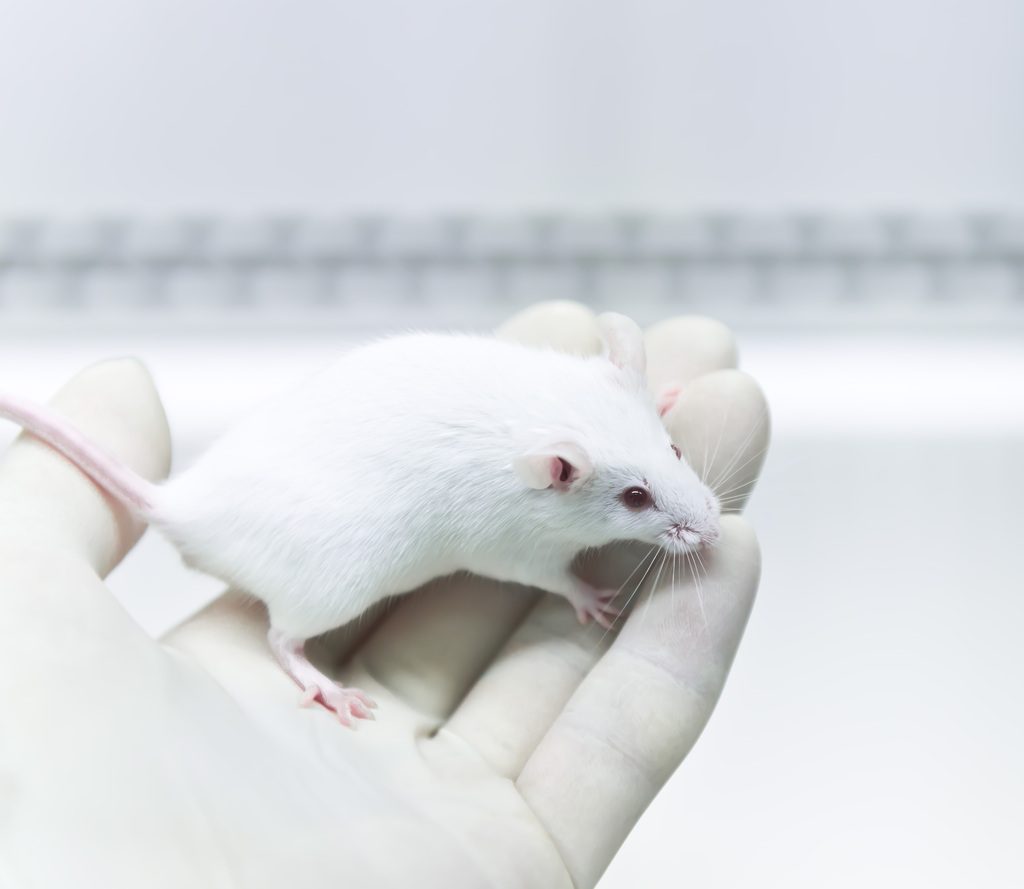SMA Mutations Impact Development, Protein Production in Prenatal Mice


An analysis of prenatal mice embryos carrying genetic mutations that cause severe cases of spinal muscular atrophy (SMA) found overall developmental growth delays and changes in protein production in all organs assessed before birth, a study reported.
The findings support the treatment of severe SMA cases before symptoms arise, either immediately after birth or even before.
The study, “Pre-natal manifestation of systemic developmental abnormalities in spinal muscular atrophy,” was published in the journal Human Molecular Genetics.
In the most severe forms of SMA, symptoms can begin before birth or shortly after, mostly due to deletion mutations in both copies — one from each parent — of the SMN1 gene and little or no activity in the SMN2 gene. These mutations result in a loss of the SMN protein, important for motor nerve cell (neuron) function.
Clinical trials and pre-clinical animal studies have suggested that treatment begin as early as possible in SMA patients to achieve maximum benefits. However, how the disease first arises in the early stages of development is still unknown, as most pre-clinical studies have been performed in post-natal, or already born, animals.
To address this issue, investigators based at the University of Edinburgh, in Scottland, analyzed prenatal mice that lacked both copies of the Smn1 gene, mimicking the most severe forms of the condition.
The mice embryos were assessed about 13 days before obvious symptoms arose — on mouse embryonic day 14.5 — by CT scan to analyze changes in tissues and organs as compared with a control group of prenatal mice with only one Smn1 gene deleted.
In addition, since the SMN protein is known to regulate the production of other proteins beyond those directly affected in SMA, organ-wide changes in protein production were measured (proteomics).
The computerized tomography (CT) scans revealed these SMA embryos were significantly smaller than the control prenatal mice. While no differences were found in the liver and brain volume, the left heart ventricles were significantly smaller.
Further measurements found no impact on the left ventricle wall’s thickness or on the interventricular septum, the wall that separates the right and left ventricles.
The results supported “a developmental delay, rather than overt cardiac pathology, at this stage of embryonic development,” the researchers wrote.
Overall, 6,701 proteins were affected in SMA embryos compared with controls, as measured in tissue from brains, spinal cords, livers, hearts, and skeletal abdominal muscles. An increase or decrease in protein production of 20% was used to determine differentially expressed proteins.
All organs showed changes to protein production, with the liver having the highest number of proteins affected. Generally, the majority of proteins were downregulated, meaning there was less production, rather than upregulated, with more production, in SMA tissues.
The brain and the spinal cord shared the highest similarity of protein changes (13.7%), which “might be expected given their similar cellular composition.” However, in all other organs, the extent of overlap between proteomic changes was less than 10%, and in total, only 0.1% of proteins affected were common across all organs.
None of these changes occurred at the same level in all five organs. Instead, specific differences were found in different organs, suggesting that “it may not always be possible to predict the molecular consequences of SMN depletion in one specific tissue or organ based on the profile observed in another.”
Another pathway affected differently in different organs was the Rho signaling pathway, necessary for the cytoskeleton organization — a complex network of fibers that provides cell support and movement and is associated with the development of motor neuron diseases like SMA.
Assessment of the functional consequences of altered protein production identified processes linked to the cytoskeleton, which were most prevalent in all organs except for the brain.
Finally, there was no relationship between the number of proteins affected in each organ and SMN protein levels, either in control animals or SMA animals (those with lower SMN protein).
According to the researchers, differences in organ-specific SMN levels are “unlikely to fully explain the organ-specific effects highlighted by the proteomics data, and rather suggest the presence of tissue/organ-specific pathways that are regulated by SMN during development.”
“Together, our data demonstrate considerable systemic changes at an early, presymptomatic stage in SMA mice, revealing a significant developmental component to SMA pathogenesis [disease manifestations],” the researchers wrote.
“Although these findings require validation in other mouse models of SMA, they extend our understanding of presymptomatic SMA,” they wrote.
“Our results suggest that effective delivery of therapy will likely require treatment in the presymptomatic phases of the disease, during the perinatal [immediately after birth], or perhaps even prenatal, period in human patients,” they added.
The post SMA Mutations Impact Development, Protein Production in Prenatal Mice appeared first on SMA News Today.



